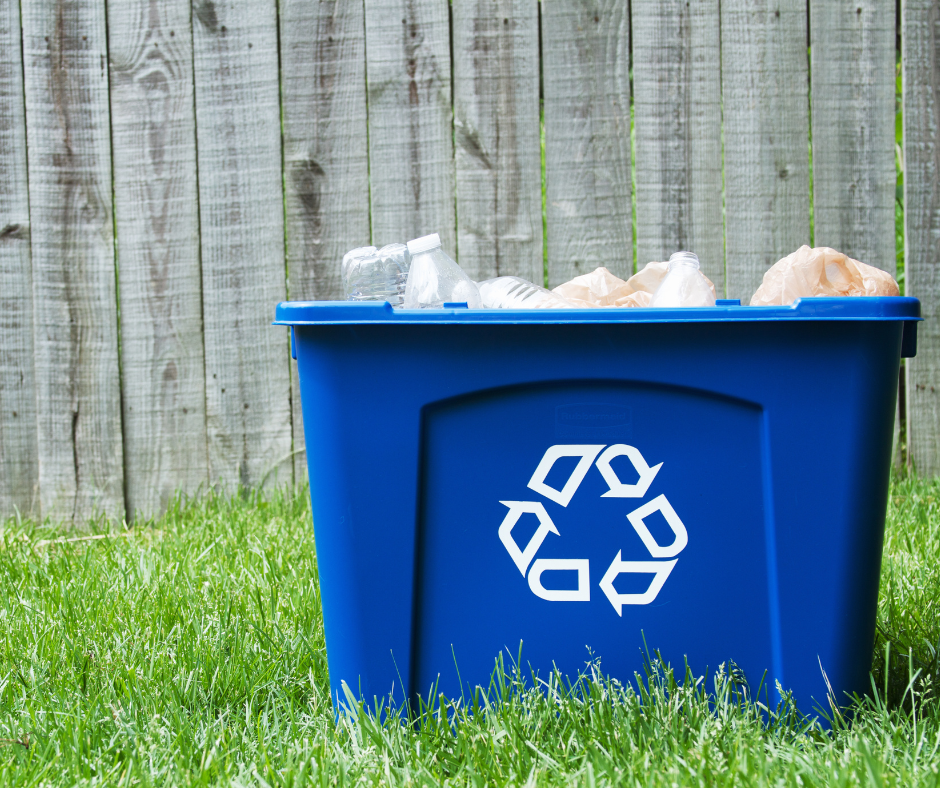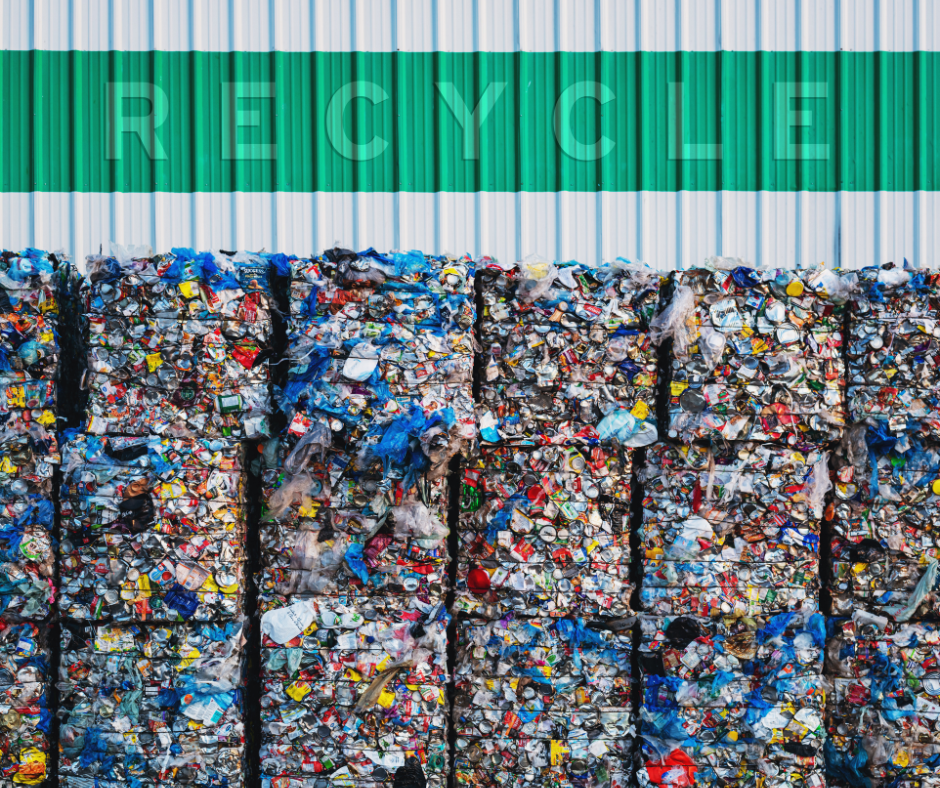Flags are powerful symbols. Whether it’s the Union flying proudly on a public building, a St George’s Cross at a sporting event, or a local council flag marking a special occasion, flags represent pride, identity, and shared values.
But after months or years of exposure to the wind and rain, even the most durable flag eventually wears out. When that happens, what should we do with it In the UK, more and more people are choosing to recycle old flags rather than simply throwing them away — and for good reason.

A flag isn’t just another bit of fabric; it carries meaning. Whether national, regional, or organisational, it deserves to be treated with respect — even when it’s no longer fit to fly. Recycling offers a dignified and environmentally responsible way to retire a flag, ensuring it doesn’t simply end up in a bin or landfill site. Traditionally, damaged national flags were sometimes burnt in a respectful manner, but in a country where sustainability and environmental responsibility are increasingly valued, recycling has become the more fitting modern alternative.
According to WRAP (the Waste and Resources Action Programme), the UK throws away around 350,000 tonnes of clothing and textiles every year. Most flags are made from synthetic materials such as polyester or nylon, which are tough — but also non-biodegradable. If we dispose of them in the general waste, they can sit in landfill for centuries. By recycling, these materials can be repurposed into other useful products, such as outdoor furniture, packaging, or even new fabrics. It’s a small but significant step towards reducing textile waste and supporting the UK’s circular economy.
Producing new synthetic fabric from raw materials uses large amounts of energy and oil. Recycling flags where possible helps conserve resources and reduces carbon emissions. It’s a practical way to show that patriotism and environmental responsibility can go hand in hand — caring both for our country and for the planet.
When schools, councils, or local organisations take the lead in recycling flags, it sends a strong message about sustainability. Many local authorities already operate textile recycling schemes or have drop-off points for synthetic materials. Partnering with these services or specialist recyclers can make flag recycling easy and accessible for everyone.
Groups such as the Royal British Legion, Scouts, and local veterans’ associations have also taken an interest in promoting respectful disposal methods. Setting up a collection box or public recycling event around Armed Forces Day, VE Day, or Remembrance can be a great way to bring the community together in a shared act of respect.
Finding recycling options in the UK
If you have an old flag to retire, here are some UK-based routes to explore:
- Local council recycling centres – check if your local tip accepts synthetic textiles or has a separate flag recycling bin.
- Textile recycling banks – many supermarkets and community sites collect synthetic fabrics for reuse.
- Specialist recyclers – some companies now offer dedicated flag recycling services for councils, schools, and businesses.
- Charity initiatives – local veterans’ groups may accept worn Union Jacks or regimental flags for ceremonial recycling or repurposing.

Recycling a flag doesn’t diminish its meaning — it extends it. By ensuring our flags are retired responsibly, we honour what they stand for while protecting the environment they flew over.
So the next time a flag becomes too faded to fly, don’t just throw it away. Give it a fitting farewell — recycle it where you can, and let your respect for your country reflect your respect for the planet.


